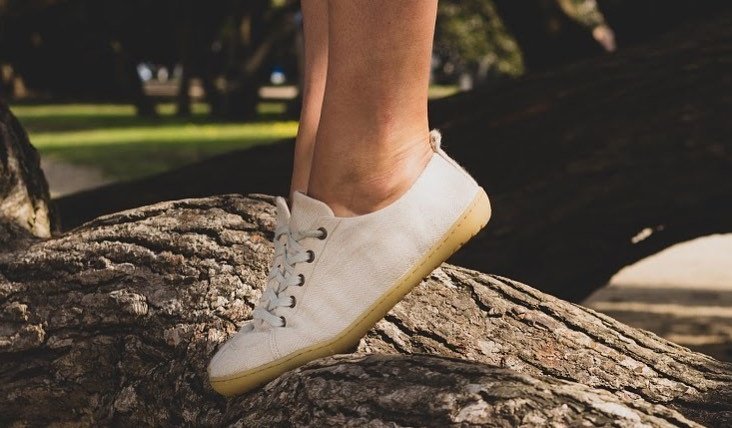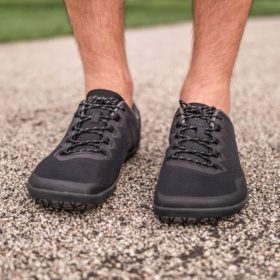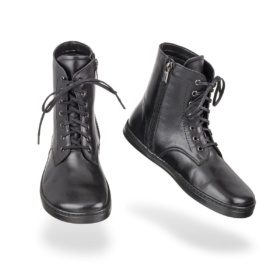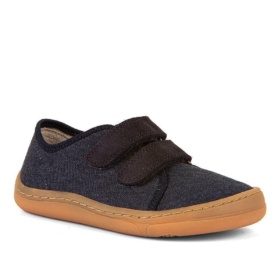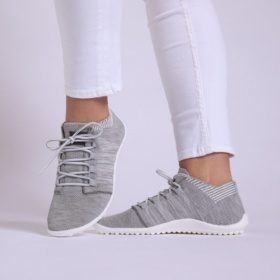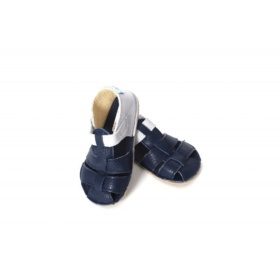As the name suggests, barefoot shoes allow one to walk seemingly barefoot. This means that these shoes aim to protect the feet from environmental conditions while not restricting the foot’s movement.
Why is Walking Barefoot the Healthiest Option?
When walking barefoot:
- The posture remains in a natural position.
- Body weight is evenly distributed across the foot soles.
- All muscles work to keep the person upright.
- Toes can spread out to push off and maintain balance when stepping.
- Our brain receives signals that stepping the same way on every surface is impossible.
- Stimulation of the nerves in the sole occurs.
- Muscles in the foot, calves, and the entire body are engaged.
- All ligaments in the foot and calves can move freely.
The purpose of barefoot shoes is to allow the feet to function as they are naturally designed. Nature has sculpted the feet into masterpieces comparable to arches in churches. One-third of all the bones in the human body are in the feet! There are as many nerves in the soles of the feet as in the palms of the hands!
Therefore, from the perspective of foot and overall well-being, it is extremely unfair and unnatural to put on shoes that do not meet the criteria of barefoot shoes.
7 Criteria for Barefoot Shoes
- Heel and toe are at the same height (zero drop)
- Spacious toe box allowing toes to move freely, with each toe having its own space
- Flexible sole that moves with the foot
- Lightweight
- Shoes can be fastened to the foot (with laces or straps)
- Absence of arch support
- Absence of heel cushioning and other padding
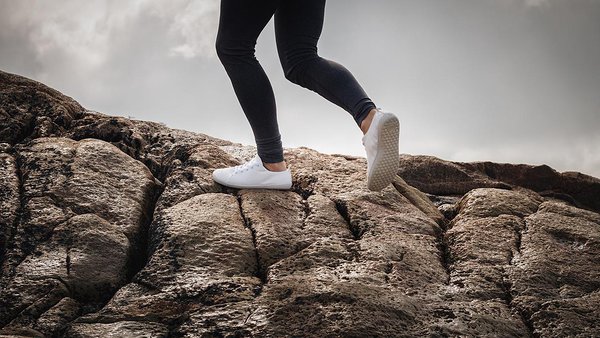
Not every thin-soled and lightweight shoe qualifies as barefoot shoes. Let’s delve deeper into the background of these seven criteria:
The heel and toes are at the same height (zero drop)
A heel with no elevation ensures a natural foot position, which, in turn, helps maintain correct posture and reduces pressure on the joints. Even a very slight heel elevation significantly affects body posture.
Spacious toe box
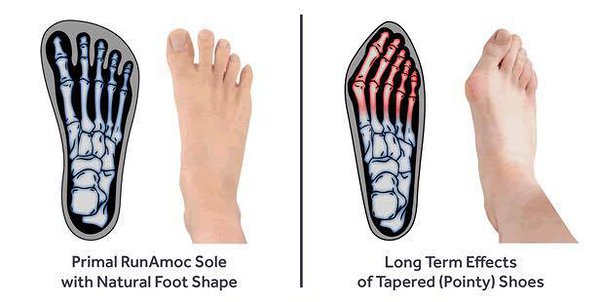
Barefoot shoes follow the natural shape of the human foot. The goal is to accommodate all toes in the shoe without compressing them. Most conventional shoes have a narrow toe box, assuming that the middle toe is the longest. In reality, either the first or second toe is the longest. Therefore, it’s essential to ensure that the big toes (and other toes) can be straight, not pointing away from the body’s midline.
Flexible sole
Foot muscles work harder and become stronger thanks to the thin and flexible soles of barefoot shoes. Strong feet are the foundation of a healthy body. A flexible sole moves with the foot’s movement, allowing for natural foot motion.
Lightweight
Barefoot shoes are lightweight to reduce the load on the foot and joints. With barefoot shoes, you walk as if barefoot!
Shoes can be fastened to the foot
An essential criterion for barefoot shoes is the ability to fasten them to the foot. Therefore, wellington boots and flip-flops will never be barefoot shoes because they require consciously or subconsciously holding them on with the toes.
Absence of arch support
The arch is a remarkable structure found in nature (caves), architecture (church vaults), and the human body (foot arches). The arch can bear a significant load without support. So why do we want to support it with arch support in shoes?

Absence of heel cushioning
The biggest concern for many newcomers to barefoot shoes is, “Won’t these shoes hurt my feet?”
The most accurate answer is: the shoes don’t hurt, but the wearer does. Cushioning in the heel of shoes dampens the pain signal upon landing on the heel, but it doesn’t mean there is no impact. Millions of cushioned heel impacts can lead to knee, hip, back, or even neck pain in a day.

The solution is to walk with a shorter and softer stride.
